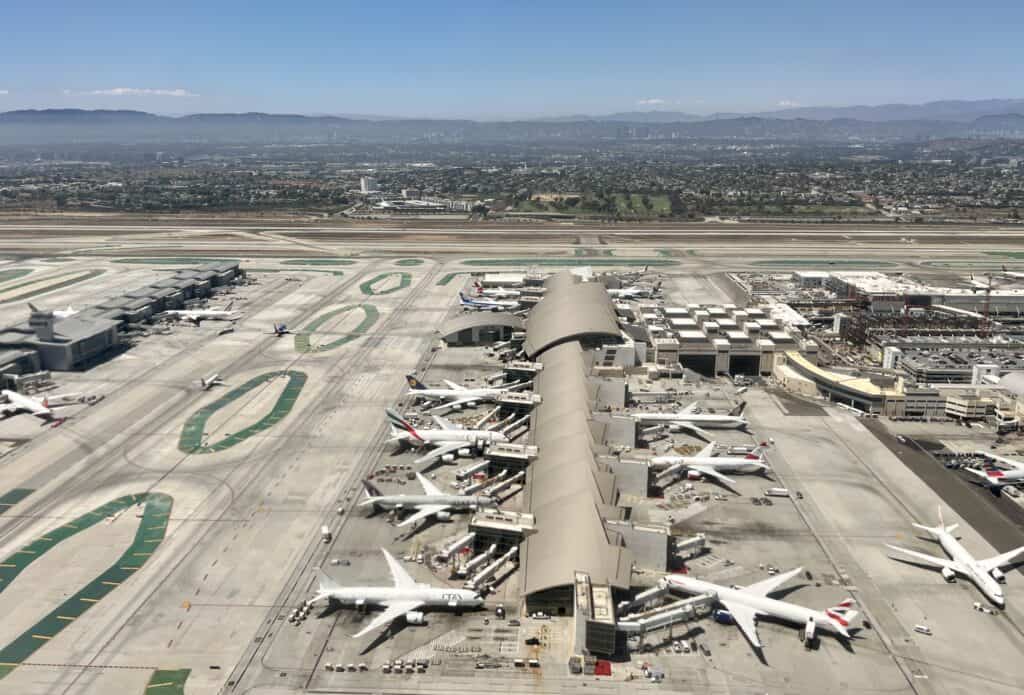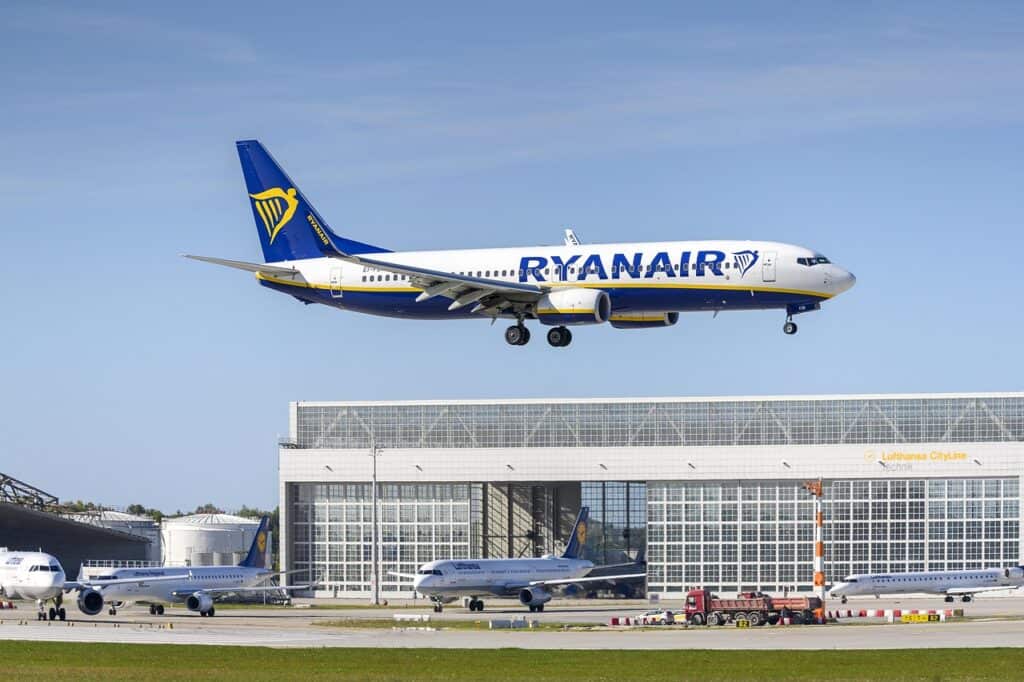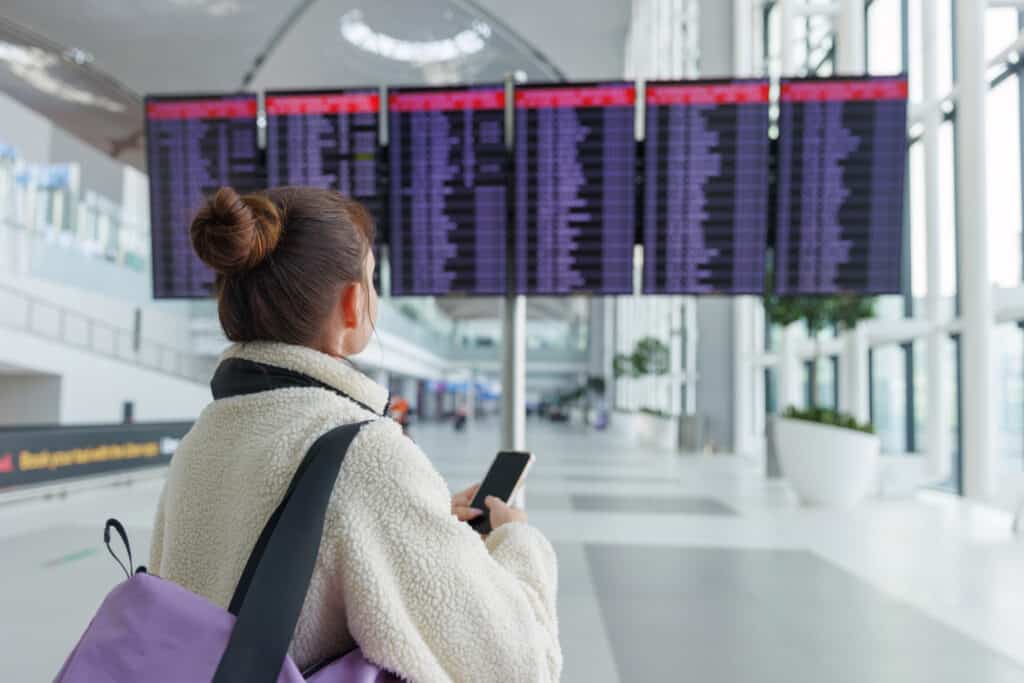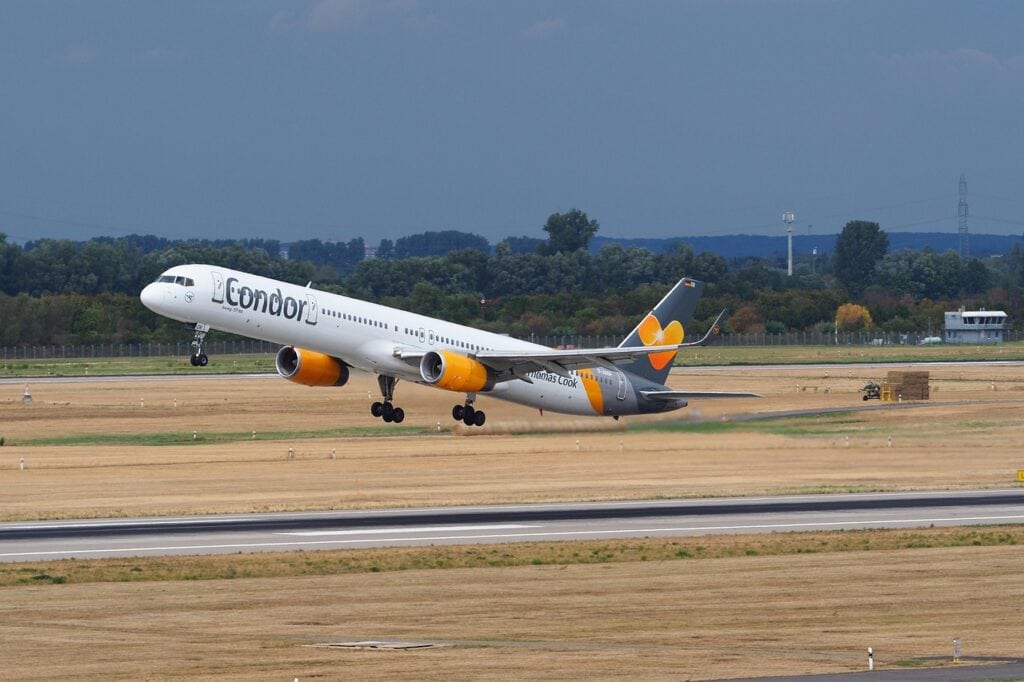We may earn money or products from the companies mentioned in this post. This means if you click on the link and purchase the item, I will receive a small commission at no extra cost to you ... you're just helping re-supply our family's travel fund.

When airspace tightens, cuts do not land randomly. Regulators and airlines move to protect major corridors and high-yield links first, then release pressure where networks bend most easily. That pressure falls on regional routes serving smaller cities, cross-border hops, and second-choice connections. Here is the thing. Disruption radiates from the edges inward, and travelers who depend on short hops into hubs face earlier cancellations, longer detours, and itineraries that demand deliberate planning instead of optimism.
Regional Legs Are The First Pressure Valve

Regional flights act as the system’s shock absorber. They run on thinner margins, smaller aircraft, and looser schedules, so carriers cancel or combine them first to free airspace, crews, and maintenance slack. One trimmed bank of short segments instantly lowers congestion without touching headline long-haul services. The tradeoff lands hard: small communities lose options early so trunk routes keep moving as long as possible, often without notice until patterns emerge.
Hub And Spoke Math Protects Big Corridors

Most networks revolve around hub banks that connect hundreds of passengers in tight waves. In a constrained corridor scenario, keeping those banks intact protects revenue and minimizes total disruption across the map. Traffic between big hubs is shielded, while spokes feeding those hubs absorb cuts, retimes, and downgauges. A missed regional leg strands whole itineraries, so airlines ring-fence core flows first and sacrifice edge frequency where data looks softest.
Essential Links Face Uneven Protection

Communities supported by essential air-style programs depend heavily on a handful of flights and aircraft types. When portions of airspace close, those links compete for scarce crews and slots against more profitable trunk routes. Some survive on political will; others lose early or late frequencies that made connections practical. Residents feel it first in thinner schedules, less redundancy, and more hesitation about planning far-ahead appointments or family visits.
Through Tickets Inherit Hidden Risk

Regional cancellations rarely stay local. One removed hop can break the chain that connects inland airports to transcontinental or overseas departures booked months earlier. Even with protection rules, reaccommodation often means detours via unfamiliar hubs, long layovers, or unplanned hotel nights. Checked bags follow the complexity with extra handoffs and delay risk. Travelers who originate at primary gateways keep a smoother path as feeders around them wobble.
Secondary Hubs Carry Rerouted Traffic

When specific corridors constrict, airlines lean harder on hubs just outside those chokepoints. Secondary hubs suddenly absorb diverted flights, extra connections, and swapped aircraft types that arrive with tight turns. Gate space, crews, and baggage systems stretch, raising odds of near-miss transfers and rolling delays. Local travelers see fuller cabins, fewer last-minute seats, and busier lounges. On paper options grow; in practice margins for error shrink noticeably.
Ground Segments Quietly Get Longer

As regional legs thin out, many itineraries extend on the ground instead of in the air. Travelers in smaller markets drive two to four hours to reach durable hubs with multiple departures and backup routings. That shift quietly pulls time from weekends and workdays and moves risk to highways, winter storms, and rental counters. Quick getaways start to feel like modest road trips stitched to flights instead of simple check-ins at a hometown field.
International Plans Lose Their Buffer

Targeted closures often leave marquee long-haul flights technically intact while stripping away the short feeders that made them realistic. Inland travelers lose the luxury of a same-day hop and face earlier departures, hotel nights near gateways, or tighter connections that tolerate less. Missed links grow costlier when alternatives thin out. The gap between living near a hub and living far from one widens in concrete ways: time off, cash spent, and stress carried.
Low Cost Carriers Are Nimble Not Untouchable

Point-to-point low cost carriers can pivot aircraft quickly and dodge some hub snarls, which helps in partial closures. But restricted airspace still hits any operator crossing it, and compressed slots tilt toward alliance partners, cargo, and essential services. Leisure-heavy routes between secondary cities become tempting cuts or retimes. Flexible dates, more changeable fares, and simple routing maps act as quiet insurance against abrupt schedule reshuffles.